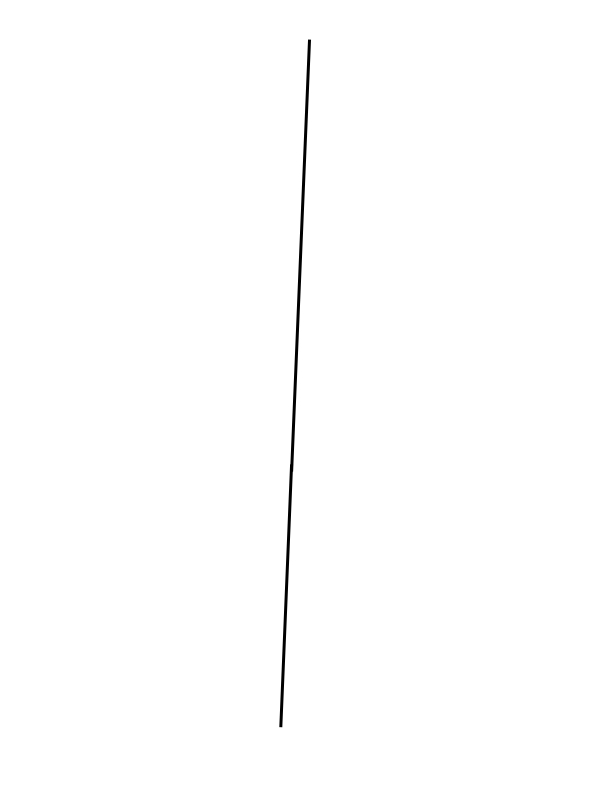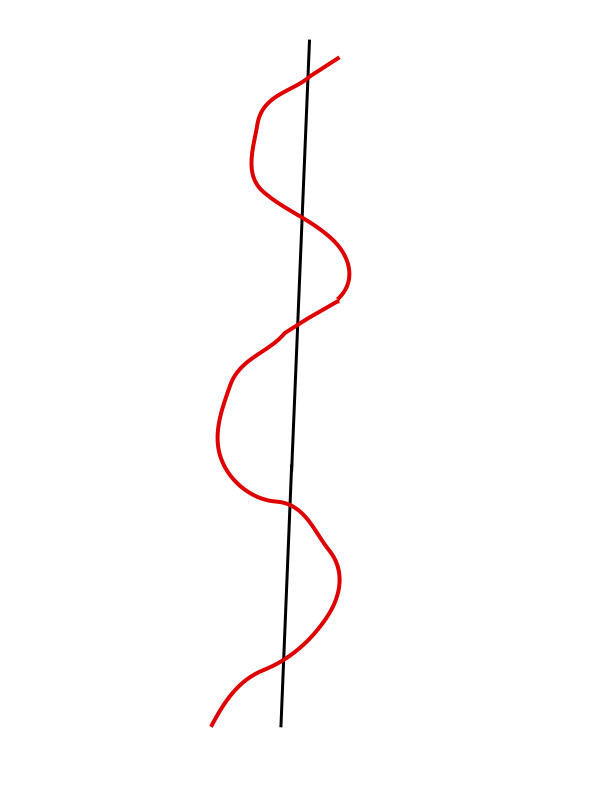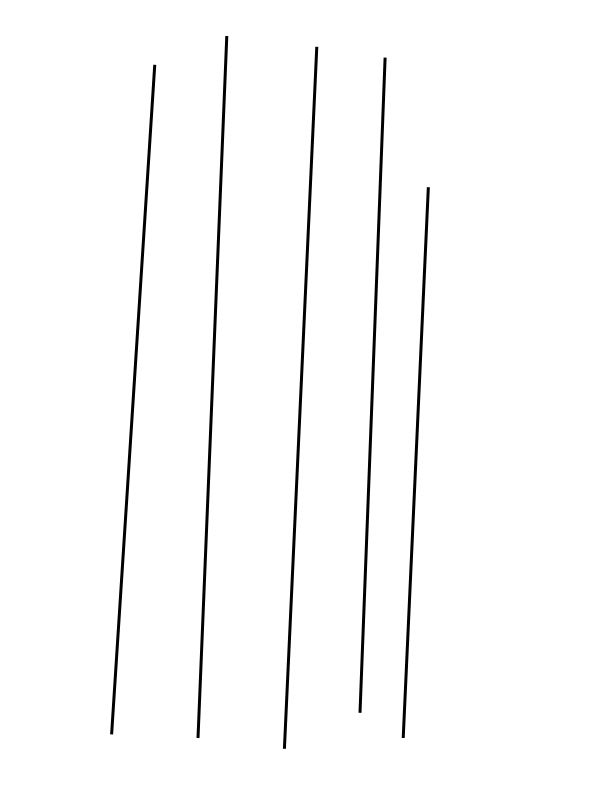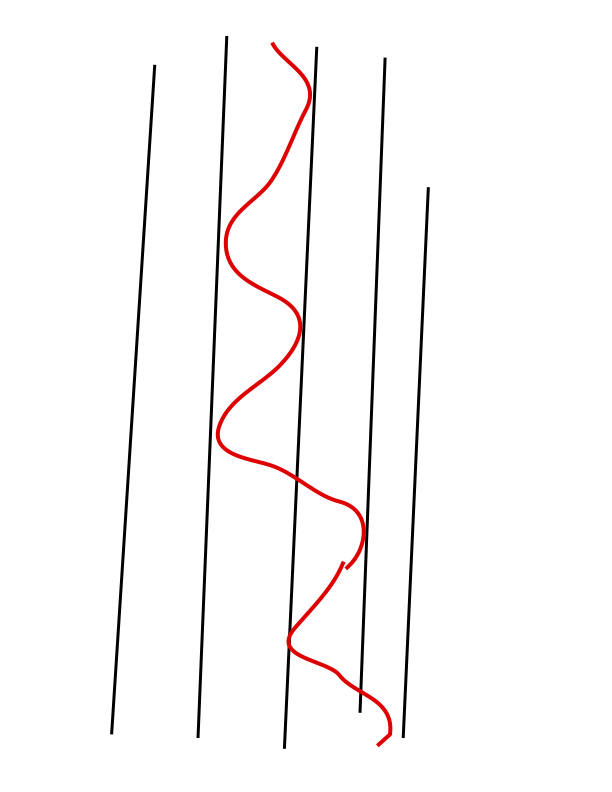What happens when you roll up a skier into a snowball and roll the snowball down the hill? You get the fall line of course, that mysterious thing that describes the path of least resistance down a slope.
I don’t know about you but I’m pretty sure I had a hard time
visualizing exactly what that is. I may have started my run down a slope
with some idea of where the fall line was and therefore where I was
supposed to ski, but halfway down I usually lost its precise location.
And you can’t flow down a slope if you don’t know where to aim your skis.
The traditional fall line looks like this:

And as it was explained to me back in the day, a skier made turns down the fall line like this:

Left turn, right turn weaving in and out of the fall line down the hill. Until one day, I realized that this idea was a highly inefficient way to address the issue of where you ski on a slope. And it was also an idea that was holding me back. I knew I wasn’t going to improve until I changed my thinking about what a fall line does for us. And so I did. And boy what a free-flowing difference it makes!
Consider the illustration above showing typical skier turns. If one sticks strictly to the notion of a single path down a hill, the following bad things often happen:
The skier overturns her skis and herky jerkies her way down the hill by constantly speeding up and slowing down
The path becomes a rigid notion to be skied at all costs, which means she's bound to lose her balance.
The skier easily loses control because she’s trying to keep the skis on that narrow and rigid path.
The skier ends up favoring one turn, like the left, over the right and the fall line is lost.
If you harken back to basic geometry, you learned that there are infinite lines in a two dimensional plane. So why not infinite fall lines down a slope?

My skiing improved so much when I acknowledged this basic geometric reality: It really didn’t matter where I skied, but it mattered a whole lot how I used this fall line thing.
So now, I use an infinite number of fall lines to define a two or three turn corridor, then discard those and visualize another two or three turn corridor. Like this:

Instead of using the fall line as something to turn around, I use it as a boundary where I make my turn. In geometric terms, the fall line becomes a tangent to my arc. I can schmear a turn across that tangent or close to it—my accuracy no longer matters because the fall line is just an idea anyway. And where I go next is more easily dictated by my analysis of terrain, snow condition, pitch, and general sense of fun. It's no longer a fixed notion that I am obliged to conquer.
If I want, I can use two fall lines as a corridor, or I can reach across several lines to make a wider, faster turn. I am better at avoiding obstacles -- ice, trees, people -- because my mind is always trying to solve the problem of where to ski next and my eyes are constantly looking for the next line. And then I can dial it back into that corridor thing. Most importantly, and because my turn is defined by my line, I'm looking and skiing down the hill instead of trying to ski across it.
P.S. If you are racing with me in January at Bryce, then keep this blog close by.
Any questions? Post a comment and I'll get back to you real quick lik